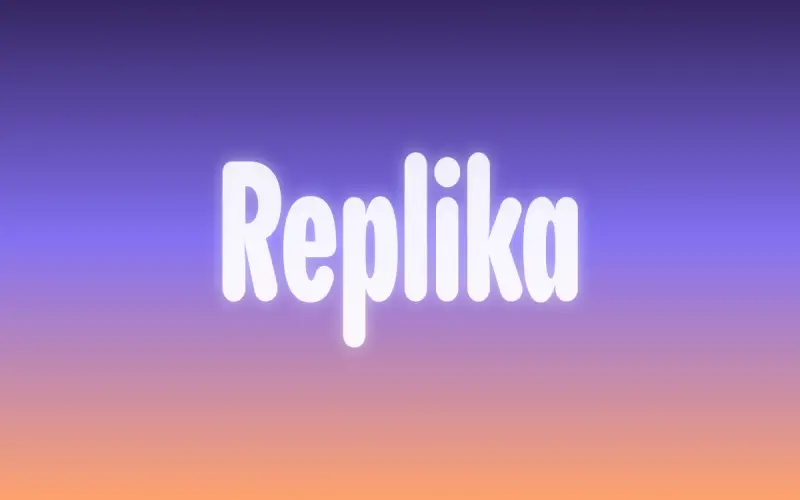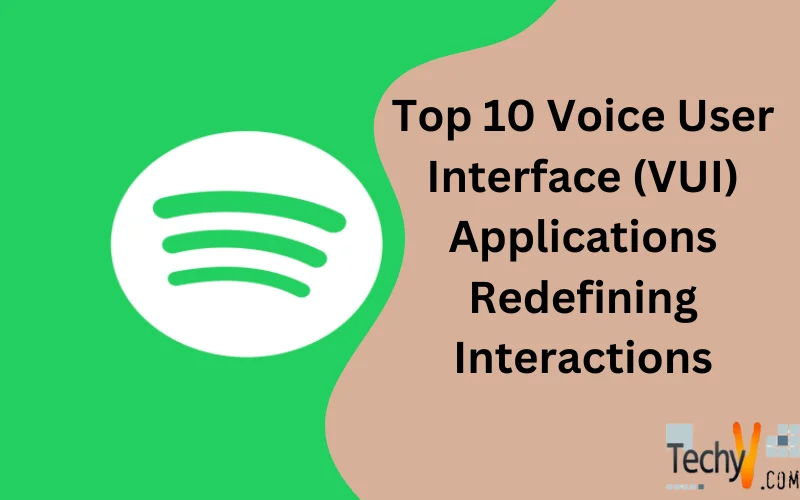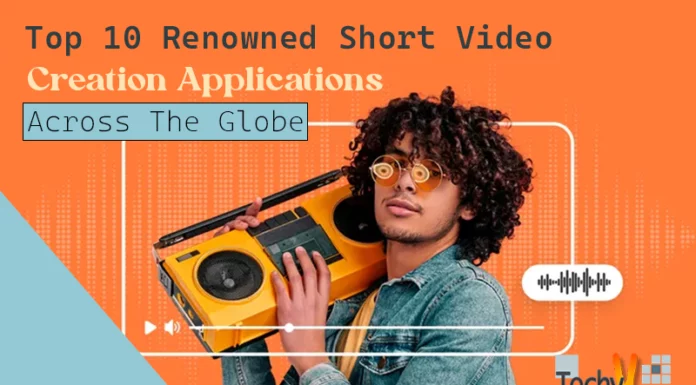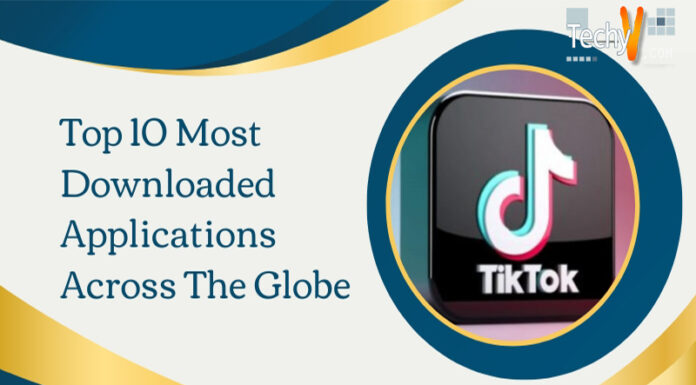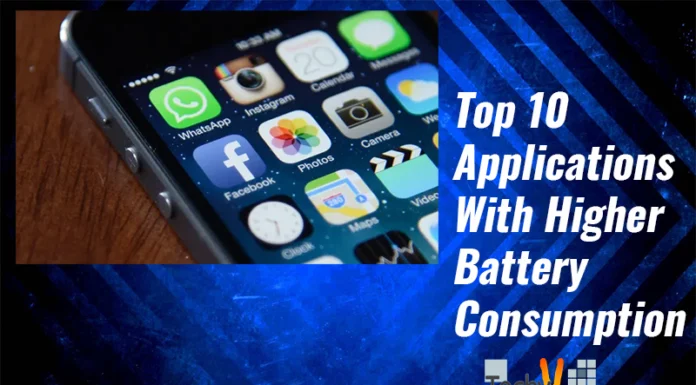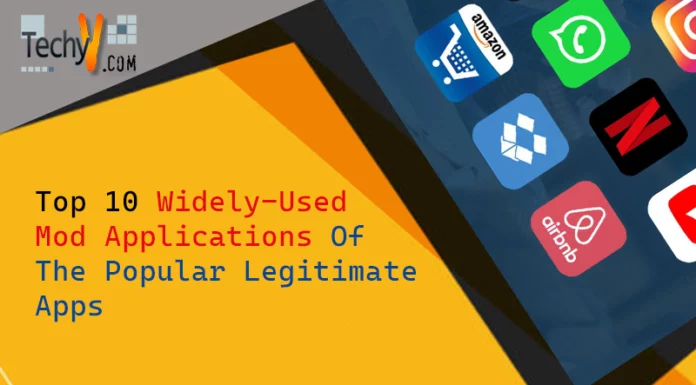Voice-enabled applications are rapidly transforming how we interact with technology. Voice user interfaces (VUIs) allow us to have natural conversations with devices, apps, and services to get information or complete tasks through voice commands instead of taps, clicks, or typed text. As VUIs and underlying speech recognition capabilities improve, more developers are incorporating conversational voice interfaces into their products. Now we can check the weather, order groceries, control smart home devices, stream music and videos, and access all kinds of services just by speaking out loud. I outline the top 10 most impactful and widely adopted VUI applications redefining human-computer interactions below. But first, what exactly makes an effective voice app? Quality VUIs need to understand the varied phrasing of requests, ask clarifying questions when unsure, and respond conversationally. The system should feel like a helpful assistant instead of just executing rigid commands. Accomplishing this requires natural language processing to analyze speech, determine intent, and formulate relevant responses drawing on underlying skills and databases. The ability to customize responses and learn over time also improves perceived intelligence.
1. Siri
As one of the first widely used vocal assistants, Apple’s Siri pioneered mainstream voice interactions and personal assistants on smartphones. Siri can execute commands, answer questions, recommend contextual shortcuts, and even chatter when asked about movies or cracked jokes. Users can say “Hey Siri” followed by requests like “Text Mom I’ll be 5 minutes late” or “How far away is the closest coffee shop?” While not as advanced as some assistants, Siri’s tight integration across Apple’s ecosystem enables iOS users to conveniently control devices, launch apps, navigate, plan meetings, set timers and reminders, search the web, adjust system settings hands-free, and more using just their voice.

2. Alexa
Amazon’s cloud-based Alexa needs no introduction as one of the most ubiquitous VA platforms on the market. Alexa powers Echo smart speakers and devices from thousands of manufacturers. At home, it is the backbone enabling voice control of entertainment, appliances, lighting, climate control, security systems, and more. Users can customize skills, leverage automation, shop online, access information, set alarms and reminders, make calls, and manage calendars and to-do lists through conversational interactions. Alexa learns from questions asked, remembers user preferences, and proactively makes recommendations meeting individual needs.
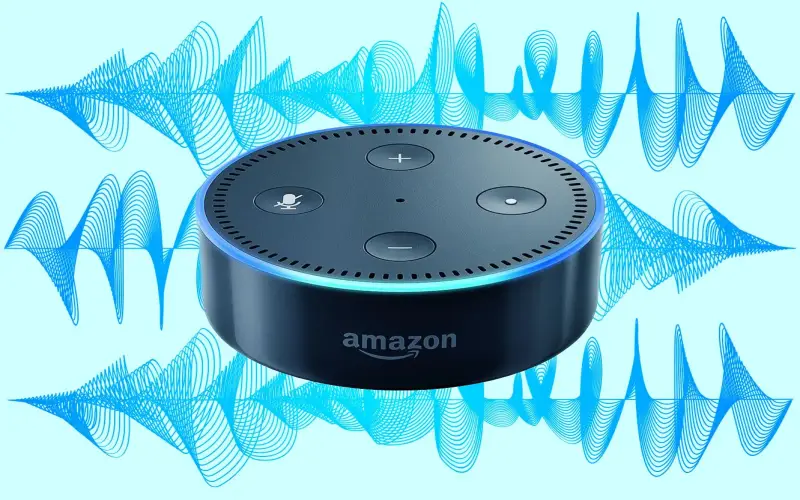
3. Google Assistant
Pre-installed on Android phones and available on Google Home smart speakers, Google Assistant is the company’s AI-based digital assistant. It can understand context and follow-up questions to have natural back-and-forth conversations on virtually any topic—no rigid scripting is required from users. Queries like “OK Google, when does the pharmacy close today and what medicines do I need to pick up?” demonstrate this capability.
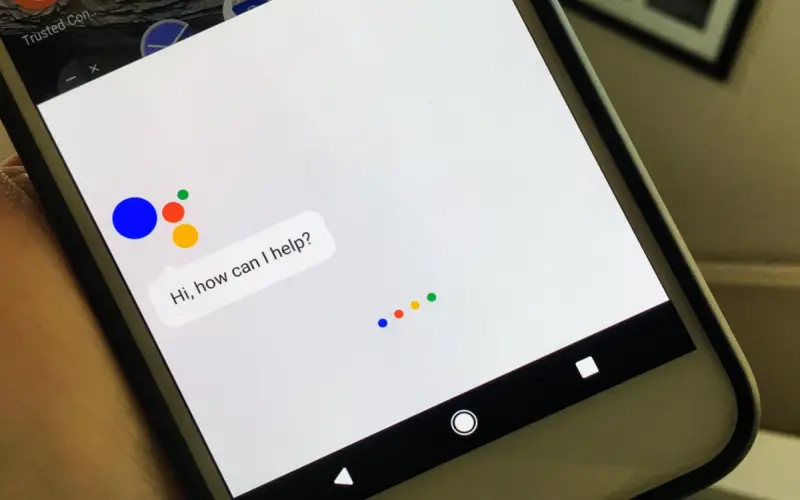
4. Cortana
Cortana is Microsoft’s VA built into Windows 10 devices and their Surface earbuds for managing tasks, information lookup, communication, time management, and more. Cortana’s notebook feature lets users specify personal details and interests so responses can be tailored to individual circumstances and needs. Conversational interactions with Windows through Cortana enable accessing documents, launching programs, and adjusting settings hands-free while multitasking. As Microsoft brings Cortana to different platforms like their business productivity software, automotive systems, IoT devices, and game consoles, voice is increasingly becoming the primary interface option.
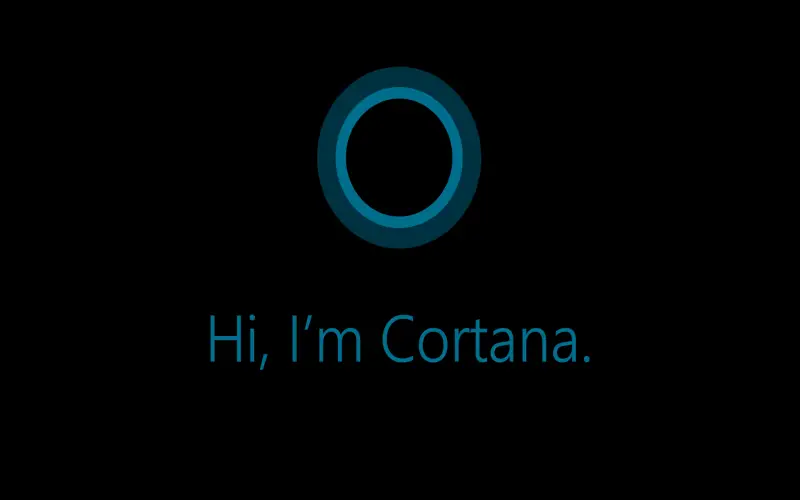
5. Spotify
Spotify’s voice capability allows over 320 million subscribers to easily search for and play audio content just by asking. Available through Spotify apps, speakers, smartphones, wearables, and vehicle infotainment systems; users can request songs, albums, artists, or playlists by title or description, listen to radio stations, control playback, adjust volumes hands-free, discover recommendations, and more. Voice is especially valuable while driving, cooking, exercising, or in other situations where manipulation of devices is difficult. As Spotify’s catalogs, contextual understanding, and VUI functionality expand, searching millions of tracks or podcast episodes by natural language voice queries instead of typing becomes quick and convenient.

6. Netflix
Netflix revolutionized media streaming and now their voice interface is enhancing the viewing experience even further. Subscribers can use speech to browse personalized recommendations, search the catalog by title/genre/description, manage watch lists and downloads for offline access, control playback functions, skip opening/closing credits on TV shows, and navigate content hands-free. Voice input works across Netflix apps on mobile devices, smart TVs, streaming media players, game consoles, and smart displays/speakers. More advanced NLP even lets users issue complex nested requests like “Play a new comedy movie with a strong female lead”.

7. Waze
Waze pioneered crowdsourced turn-by-turn navigation and real-time traffic updates. Their partnership with Amazon Alexa now enables drivers to access these capabilities completely hands-free. Linking accounts allows users to get an optimal route to any destination and estimated arrival time just by asking Alexa. Once connected to the vehicle’s infotainment system, Alexa through Waze provides continuous voice-guided navigation without ever looking at your phone. Directions automatically adapt to actual road conditions and routing requests can be refined through natural speech in real-time. Alexa further enhances the experience by reporting hazards, traffic delays, and changes to trip duration so you stay informed.

8. Duolingo
With over 500 million downloads, Duolingo is the world’s most popular platform for learning new languages. Their Alexa skill helps supplement lessons through voice-powered quizzes, vocabulary reviews, and progress tracking. Just say “Alexa open Duolingo” to get started. Support for Spanish, French, German, Italian, and English means students at any skill level can strengthen proficiency just by conversing with Alexa. Advanced learners can even practice by responding verbally to questions instead of only multiple-choice responses. Tracking correct answers and where review is needed enables personalized reinforcement tailored to each student. By letting users converse in their target language, Alexa assists Duolingo’s mission to make language fluency accessible globally.

9. Uber
Uber transformed ride-sharing around the world and now Alexa integration is improving the passenger experience even more. Instead of fumbling with your phone, just ask Alexa to request your ride, providing pickup/drop-off locations and ride type if needed. Status notifications keep you updated on expected driver arrival times so you know when to head out. Once en route, asking Alexa for trip progress gets the latest ETA updates if running behind. Upon drop-off, Alexa can automatically email a receipt too. For frequent destinations, Alexa even remembers favorite places so you can simply say “Alexa, ask Uber to take me home”.

10. Replika
Replika is an AI companion chatbot that provides users with a friend to converse with anytime. Natural language conversations flow across tens of topics giving the illusion of sentience thanks to context-aware responses and sentiment analysis. Users communicate through speech or text to lower stress and improve mindfulness and emotional intelligence. As Replika learns more about you, responses become more personalized, supportive, and helpful. With over 12 million installs, Replika meets an inherent human need for connection while avoiding judgment.
